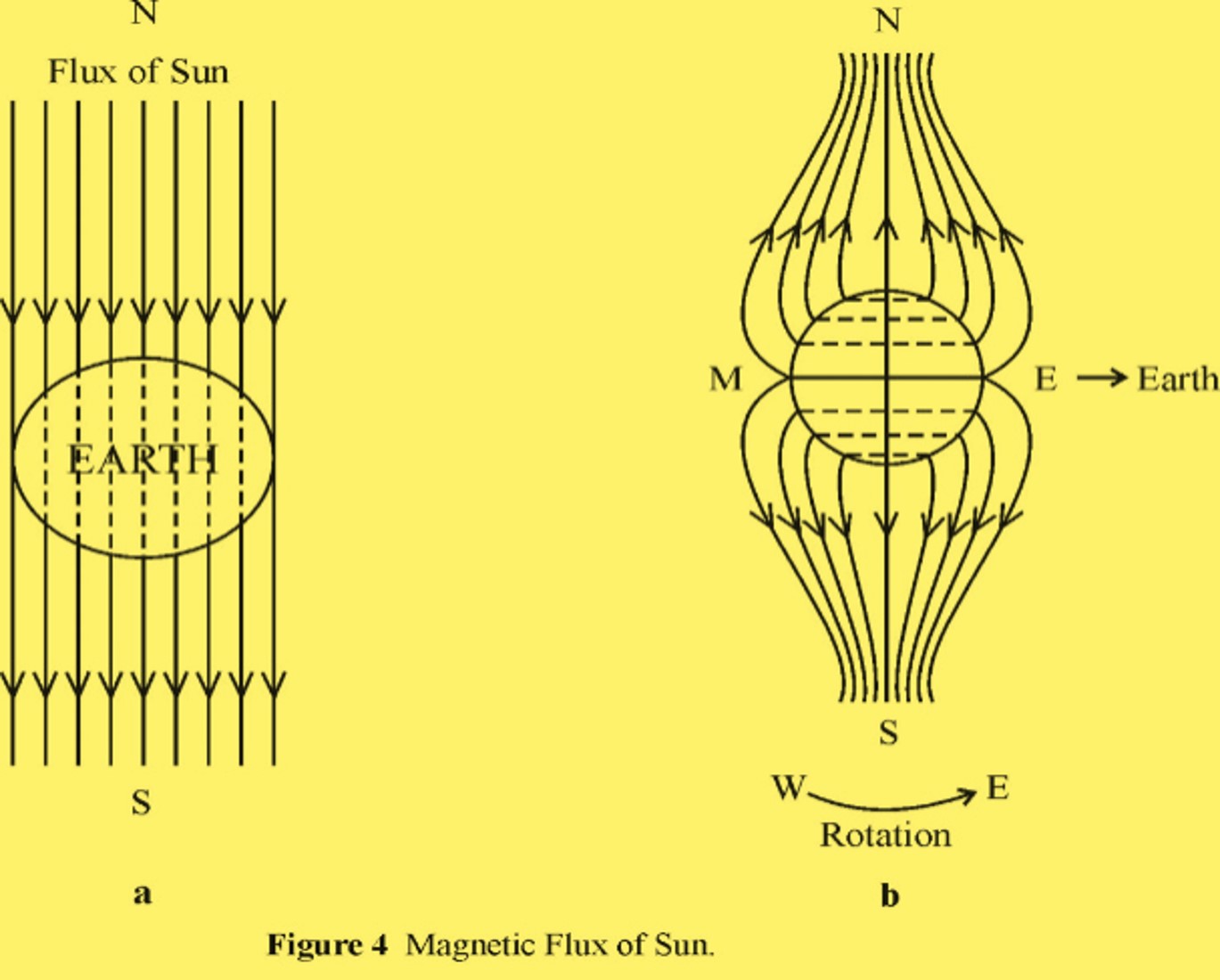Equilibrium of Planets in The Solar System-A New Approach
Solar system
DOI:
https://doi.org/10.14331/ijfps.2021.330145Keywords:
Magnetic fields – Sun, Magnetic fields – Solar system, GeneralAbstract
As per Newtonian laws of motion and gravitation, the gravitational force of attraction governs all the planets of the solar system. Here we discuss the equilibrium of planets in which gravitational force represents one side and the magnetic hold the other side. The planet achieves equilibrium in the solar field at that point where it's centrifugal (i.e., gravitational) force balances the magnetic hold of the sun. The sun develops magnetic flux on the planet according to its surface area, magnetic content, and rotational velocity. As per available data, calculations in this regard are in good agreement with the functions achieving rotational and orbital motions and equilibrium of planet, thus supporting our concept. Therefore, this theory provides the missing link explaining magnetic interaction with the centrifugal force of the planet to achieve equilibrium, hold, and motion.
Downloads
References
Clark’s , T. (1997). Science Book Data: London, Orient Longman.
D. P. Sheth. The Fundamental Energy of Universe. In. India: which will follow in due course.
Geomagnetism, I. I. o. (1997). Indian Institute of Geomagnetism Indian Magnetic Data In I. I. o. Geomagnetism (Ed.). Mumbai, India.
Halliday, D., Resnick, R., & Walker, J. (2013). Fundamentals of physics: John Wiley & Sons.
Sears, F., Zemansky, M., & Young, H. (1982). University Physics–6th Edition: Addison. In: Westley Publishing Company Reading, MA.
Yarwood, J. (1973). Electricity and magnetism: University Tutorial Press.

Published
How to Cite
Issue
Section
License
Copyright (c) 2021 Fundamental Journals

This work is licensed under a Creative Commons Attribution-NonCommercial 4.0 International License.











